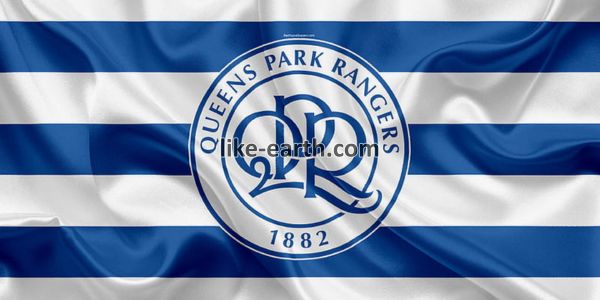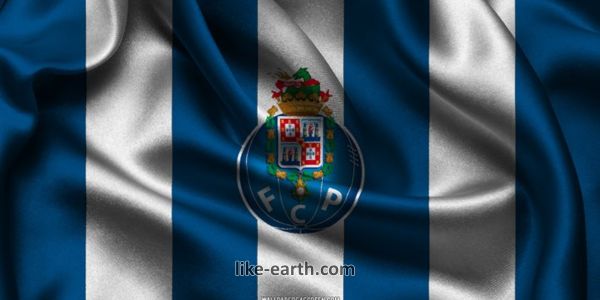Queens Park Rangers Football Club – A Proud London Legacy

The Birth and Early History of QPR
Queens Park Rangers was formed in 1886 following the merger of two local clubs, St. Jude’s and Christchurch Rangers. The name was chosen due to most of the players living in the Queens Park area of London. Over time, the club developed its identity, gaining respect in both amateur and professional circuits.
In its early years, QPR played at over a dozen grounds before finally settling at Loftus Road in 1917, which remains the club’s spiritual home to this day.
Loftus Road – The Heart of QPR
Loftus Road is more than a stadium; it’s a symbol of loyalty and tradition. With a capacity of just under 19,000, it provides an intimate and electric matchday atmosphere. The ground has undergone several renovations but retains its classic charm, making it one of English football’s most recognizable venues.
For QPR fans, Loftus Road is a fortress. It’s the place where unforgettable goals, emotional victories, and lifelong memories are forged.
Rise Through the Ranks – From the Third Tier to Glory
Queens Park Rangers spent many years bouncing between divisions. Their biggest breakthrough came in the 1966-67 season, when they won the Third Division and the League Cup. This was a major triumph, making them the first Third Division side to win the trophy.
In the 1975-76 season, under the guidance of Dave Sexton, QPR finished second in the First Division, narrowly missing out on the league title. That season is widely regarded as the greatest in the club’s history.
Premier League Years – Glory and Struggles
Queens Park Rangers were one of the founding members of the Premier League in 1992. During their early Premier League years, the club held their own, finishing in the top half of the table and producing exciting football. Stars like Les Ferdinand, Trevor Sinclair, and Ray Wilkins wore the blue and white hoops with pride.
However, financial instability and poor performances led to relegation in 1996. The club returned to the Premier League in 2011 and again in 2014, though their stays were short-lived.
Notable Players and Club Legends
Queens Park Rangers has produced and attracted many talented players over the years. Names like **Stan Bowles**, **Rodney Marsh**, **Adel Taarabt**, and **Clive Allen** have lit up Loftus Road with their skill and flair.
Stan Bowles, in particular, is a cult hero among fans. Known for his unpredictable brilliance and charismatic personality, he remains a symbol of QPR’s colorful identity.
QPR’s Fan Culture and Community Engagement
The QPR fan base is known for its passion, resilience, and loyalty. Despite facing relegations and challenges, fans have never abandoned their club. Whether in the Premier League or League One, the supporters fill Loftus Road with chants, songs, and unwavering support.
Queens Park Rangers also leads in community initiatives. Their charity arm, QPR in the Community Trust, supports education, health, and youth development programs across West London.
Youth Academy and Future Stars
QPR’s youth academy has long been a breeding ground for talent. The club invests heavily in developing young players who can represent the first team or move on to bigger stages. Players like Eberechi Eze and Ilias Chair are recent examples of QPR’s successful development system.
With an eye on sustainability and long-term success, the club’s emphasis on youth remains a vital part of their strategy going forward.
Challenges and Rebuilding
Financial issues and inconsistent performances have hindered QPR’s progress in recent years. However, the club is now focused on building stability and creating a sustainable future. Smart signings, solid youth integration, and a renewed identity are key pillars of the rebuilding process.
With the Championship becoming more competitive each year, QPR must remain strategic to stay in contention for promotion.
Rivalries and Iconic Matches
QPR shares fierce rivalries with fellow London clubs like Chelsea, Brentford, and Fulham. The West London derbies are always highly anticipated, packed with emotion and intensity. These matches are not just battles for points, but for pride and bragging rights.
One of QPR’s most iconic games came in 2012, when they nearly stopped Manchester City from winning the Premier League. Although City clinched the title, QPR’s role in that historic finale remains unforgettable.
Queens Park Rangers in the Digital Era
QPR has embraced digital platforms to connect with fans worldwide. Through social media, live match updates, and streaming content, the club remains accessible to supporters everywhere. You can stay updated by following the official QPR WhatsApp channel.
Additionally, explore football culture, stories, and fan experiences through Like Earth, an insightful platform for football enthusiasts.
Conclusion – A Club Built on Heart and Heritage
Queens Park Rangers Football Club may not be the most decorated team in England, but its legacy is undeniable. With a history full of highs and lows, legendary players, and passionate fans, QPR remains an integral part of English football.
As the club continues to strive for Premier League promotion, the heart and heritage of Queens Park Rangers will always be its strongest foundation. The blue and white hoops are more than just colors—they represent a resilient spirit and a proud community that refuses to fade. Queens Park Rangers Football



